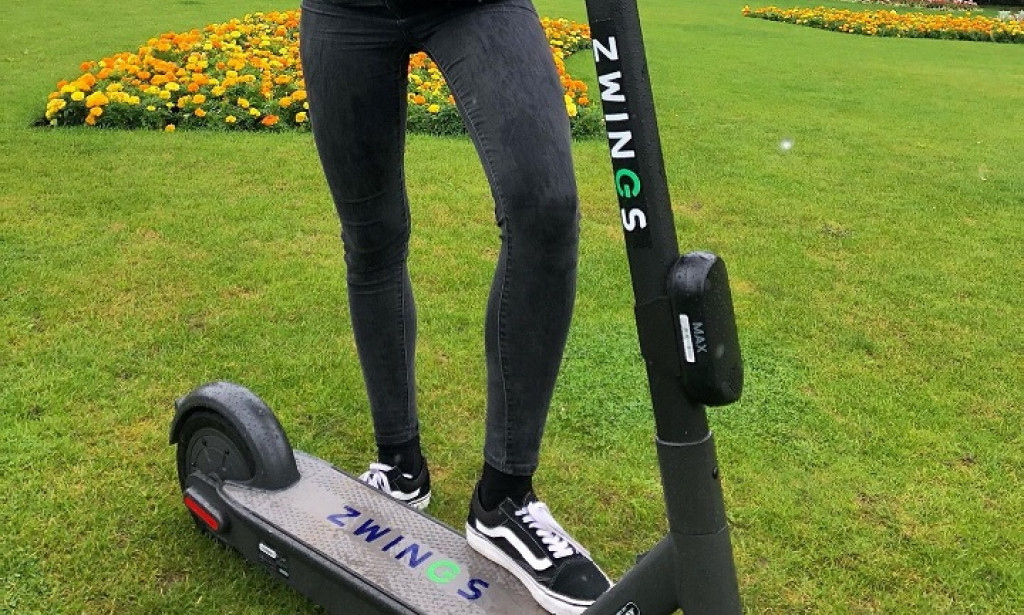The rise of e-scooters and e-bikes have revolutionised the mode of commute, hence providing a cleaner, faster, and a much more cheaper alternative means of transport to traditional transport.
With these micro-mobility vehicles becoming more prevalent on urban roads and suburban streets, governments and transport authorities across the globe are introducing new traffic regulations for e-vehicles to maintain public safety and regulatory oversight.
Let’s discuss the surge in popularity for the ride of e-scooters and e-bikes, what the new laws are for e-vehicles, and what riders need to know.
The Surge In Popularity: Why E-Scooters And E-Rides Are Taking Over?
Micro-mobility vehicles such as e-scooters and e-bikes have seen a boom in their demand because of their cost-effectiveness, ease of use, and environmental friendliness.
Whether to evade dense traffic, save fuel, or opt for an eco-friendlier mode of commute, city residents are quickly embracing these new-age vehicles.
The emergence of e-scooters and e-bikes is also backed by tech integration—ride-sharing apps, GPS tracking, and app-based rentals are making it simpler than ever to take a ride at the touch of a finger.
However, with their growing presence on roads, pavements, and bike lanes, one pressing question arises: how do we regulate them effectively?
New Traffic Laws For E-Vehicles: What’s Changing?
In order to keep up with the rise of e-scooters and e-bikes, nations are implementing fresh traffic regulations for e-vehicles. They intend to reduce accidents, guard pedestrians, and make legal liability clearer for both riders and service providers.
-
Licensing And Age-Restriction
In most areas, riders need to be a certain age, usually 16 or 18, to legally ride e-scooters. Some cities are mandating licenses for powerful e-bikes or scooters over certain speed limits.
-
Speed Limits
Speed limits are becoming standard. For instance, e-scooters in most European cities have a limit of 15.5 mph (25 km/h). Governments want to minimise injuries by implementing speed control through onboard software and geo-fencing.
-
Helmet Laws
Where e-scooters and e-bikes are usually ridden helmetless, the new law is compelling helmet wearing, particularly for young riders or on more trafficked roads.
-
Insurance Requirements
Some nations have enacted obligatory insurance on privately owned e-scooters and e-bikes, such as liability insurance for third-party or public property damage.
-
Designated Riding Zones
To minimise conflicts with pedestrians, most cities now mandate that e-scooters and e-bikes remain in bike lanes or on roads, not sidewalks. Penalties and fines are levied for using the prohibited areas.
-
Vehicle Registration
Some places have started regulating e-scooters and high-speed e-bikes the same way they regulate mopeds, with the need for registration plates and road-worthiness tests.
The Role Of Local Governments And Urban Planners
As cities experience the rise of e-scooters and e-bikes, urban planners must adapt.
Municipal governments are investing in exclusive lanes, parking facilities, and charging stations to enable safe and efficient riding.
Enforcement agencies are also stepping up patrols and surveillance in densely trafficked areas to keep an eye on adherence to new traffic regulations for e-vehicles.
What Do Riders Need To Know?
If you're a frequent e-scooter or e-bike user, knowledge is power. Here's how you can ride lawfully and responsibly:
-
Check regulations in your area before you ride—requirements differ by country, state, and even city.
-
Adhere to safety practices, such as wearing safety equipment and riding at night with lights on.
-
Be considerate of pedestrians and fellow commuters, particularly on shared paths.
-
Keep updated on insurance and registration requirements as they change.
Looking Forward: The Future Of E-Scooters And E-Bikes
The current rise of e-scooters and e-bikes is only expected to grow, fueled by climate goals, urban congestion, and shifting lifestyles.
While the spread of e-scooters and e-bikes redefines transport conventions, governments will keep refining new e-vehicle traffic regulations to reconcile innovation with accountability.
The key to a sustainable, safe micro-mobility future lies in collaboration between riders, regulators, tech providers, and urban developers.



You must be logged in to post a comment.